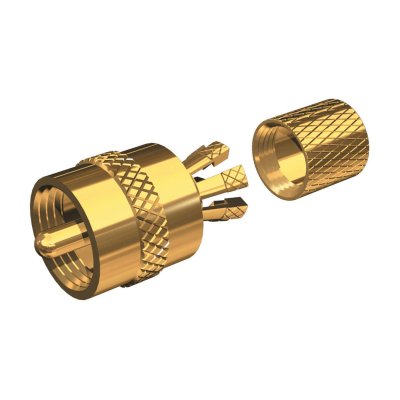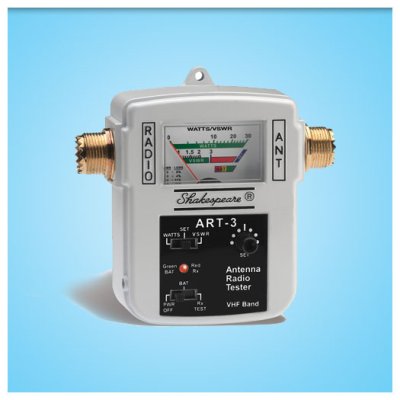I purchased two new commander tech antennas - they came with the pl259 connector attached. I need to pull the cable through the boat so will need to cut off and attach new.
Recommendations on attaching new? Is soldering required and or recommendations on the crimp style?
Pardon the ignorance on this one. Thx.
Recommendations on attaching new? Is soldering required and or recommendations on the crimp style?
Pardon the ignorance on this one. Thx.


